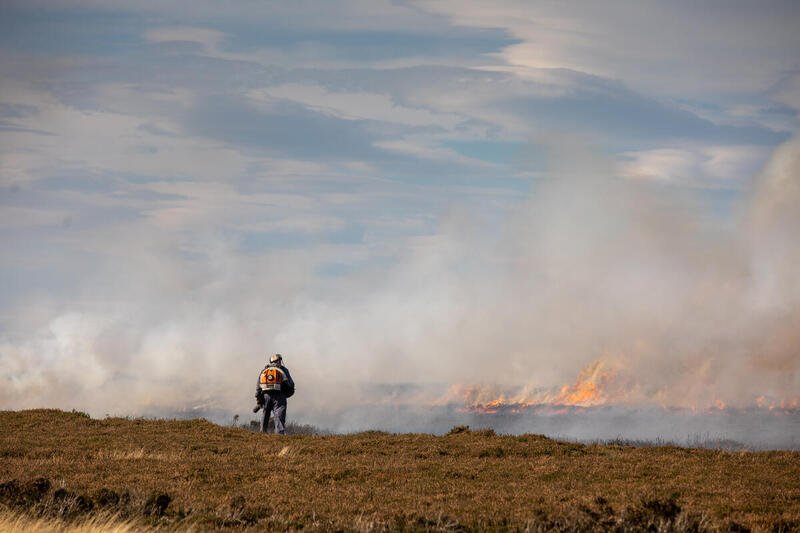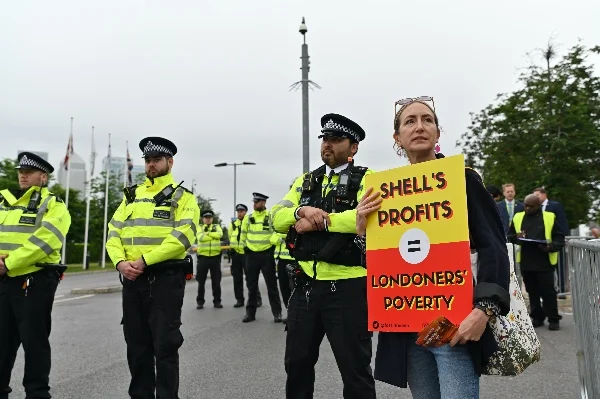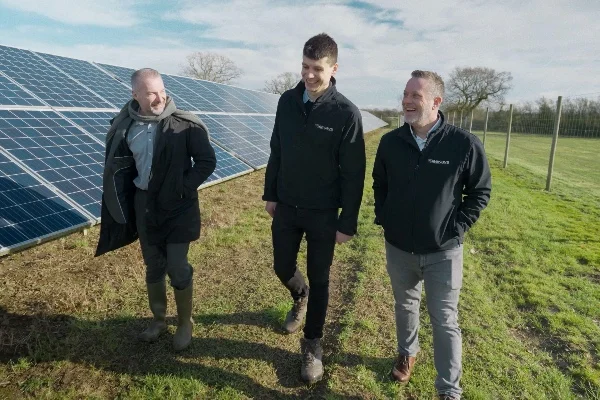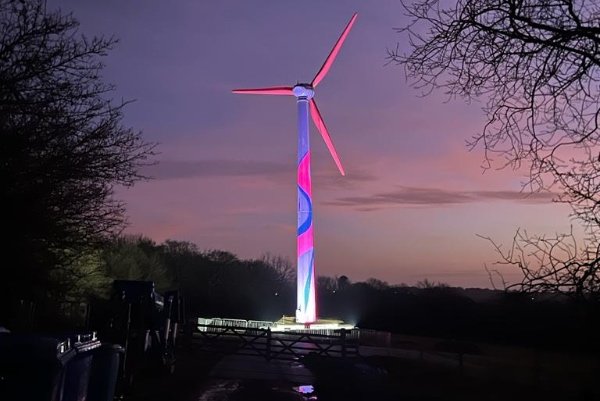Main image: Peatland burning on North York Moors, © Steve Morgan / Greenpeace
Grouse moor owners have continued to set fire to some of the UK’s most protected nature sites despite a new government ban brought in to protect sensitive peatlands, according to new research published today (30 May).
An eight-month-long, satellite-based investigation by Unearthed has uncovered dozens of instances of fires taking place in protected areas that are identified by an official government map as deep peat, potentially in contravention of the new ban.
Separate data gathered by the RSPB and campaign group Wild Moors and published today also suggest that the regulations haven’t been effective in stopping sensitive peatland habitats from being set ablaze.
’England’s national rainforests’
Shooting estate owners routinely burn old heather to make way for younger, more nutritious plants, a source of food for grouse.
Peatland is the UK’s largest natural carbon store on land, ‘locking in’ an estimated 3.2 billion tonnes, as well as providing nesting and feeding grounds for many wading birds and important habitats for rare insects and plants.
Last year, the government introduced a ban to protect what it called ‘England’s national rainforests’ from grouse moor fires, stating that ‘there is a consensus that burning of vegetation on blanket bog is damaging to peatland formation and habitat condition’.
The ban was widely criticised for being riddled with loopholes and covering only a fraction of the UK’s peatlands. The new regulations made it illegal to burn heather in protected areas but only if they lie on a thick layer of peat soil – over 40cm deep – and with exemptions for rocky or sloping ground.
‘The government ban on peatland fires is a sham. It’s shot through with loopholes, poorly enforced and the evidence points to some landowners ignoring it. Peatlands are the UK’s largest carbon store on land, help prevent floods and are home to rare plants, insects and birds. Why on earth is the government allowing them to be turned into charred wasteland for the private gain of a few? If ministers were ever serious about protecting this vital landscape, they should make sure this evidence is thoroughly investigated, peatland burning is comprehensively banned in law and extra funding is committed to guarantee enforcement.’
REBECCA NEWSOM
Head of politics at Greenpeace UK
Investigating peatland fires
Last October, at the start of the first burning season since the ban came into force, Unearthed set out to investigate the impact of the new regulations.
Working with Greenpeace’s Global Mapping Hub, Unearthed created a state-of-the-art mapping tool taking in live images from several satellites, including NASA’s heat spot technology and the European Space Agency’s Sentinel-2, and overlaying them with several maps showing the location of protected sites and the depth of peat.
The Unearthed analysis identified 251 incidents of fires set over the burning season on peatlands that are used as grouse moors.
While most of these fires are likely to fall outside the scope of the ban, the mapping tool allowed investigators to rule out loopholes and zero in on the fires that appear to be in contravention of the regulations.
 Play Video about This Rock Might Just Save The World
Play Video about This Rock Might Just Save The World Play Video about Play 2 hours of rock
Play Video about Play 2 hours of rock Play Video about Play 2 hours of brook
Play Video about Play 2 hours of brook Play Video about Play 2 hours of sheep
Play Video about Play 2 hours of sheep











































